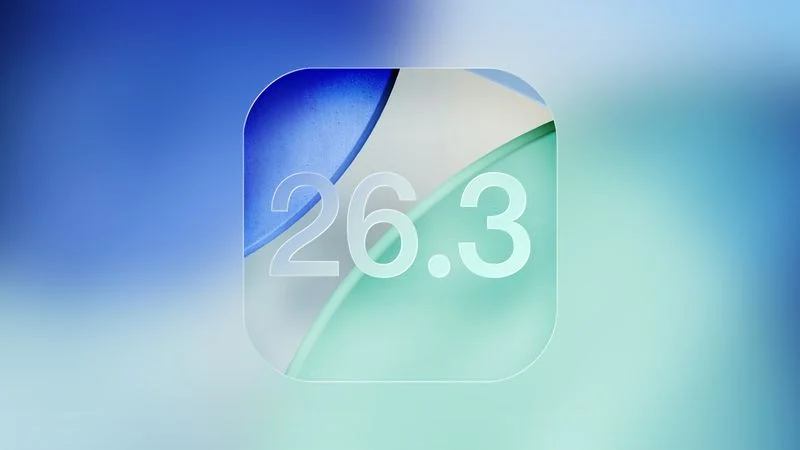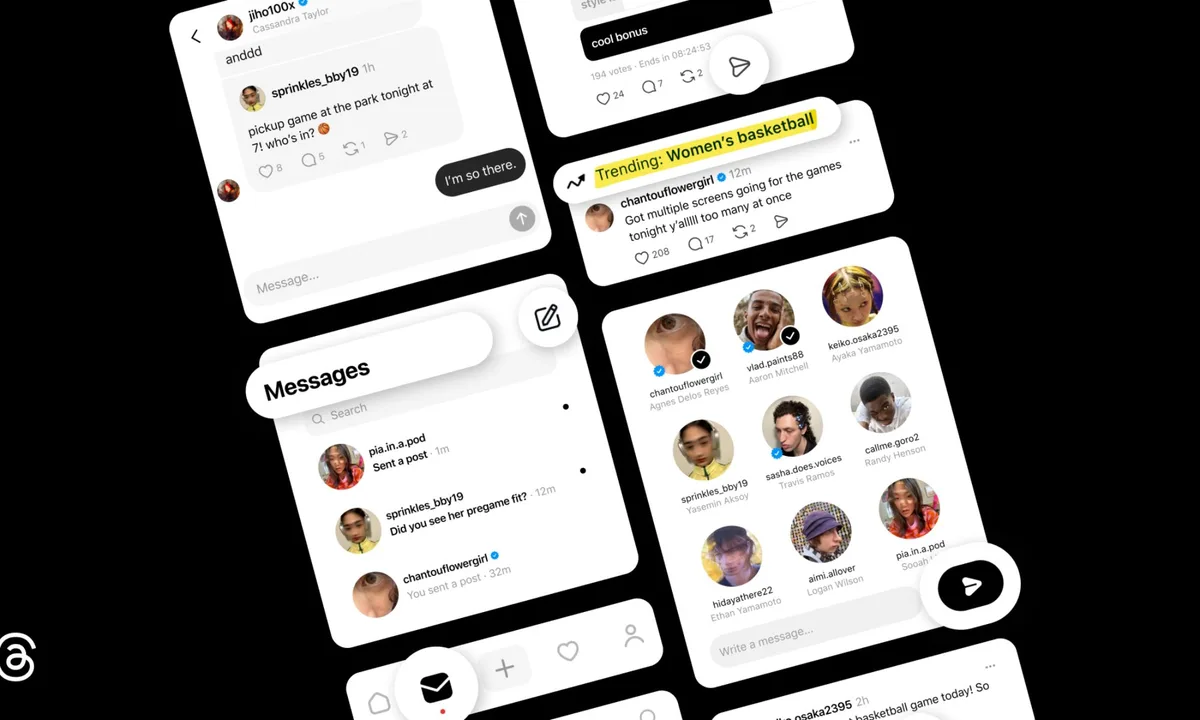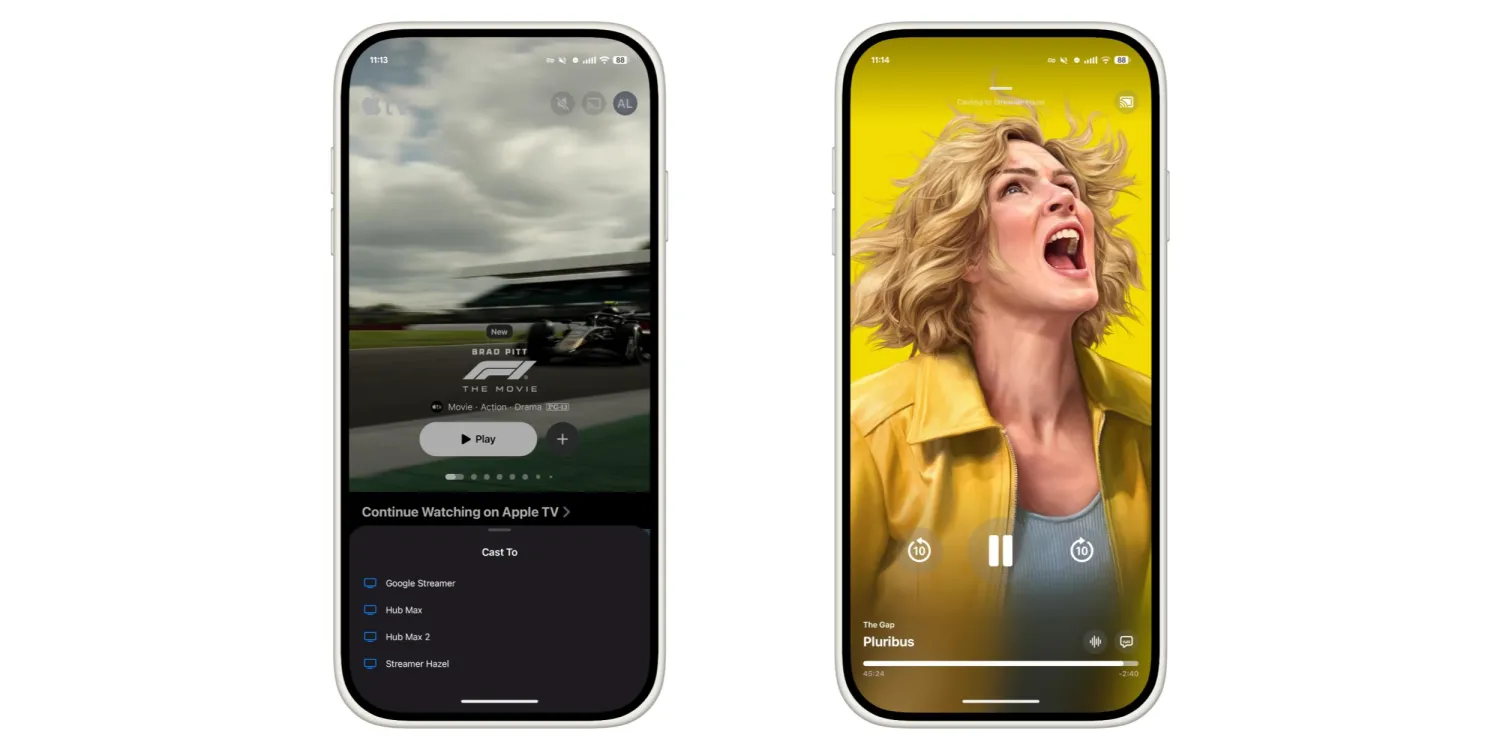Microsoft’s latest addition to Windows 11 — the “Hey Copilot” voice activation feature — has sparked a wave of déjà vu for anyone who remembers Cortana, the company’s short-lived digital assistant from the Windows 10 era. Cortana was once positioned as Microsoft’s answer to Apple’s Siri, launched in 2015 with a personality borrowed from the Halo video game franchise and heavy marketing to match. By 2023, however, the assistant was quietly discontinued after years of fading relevance. Now, a decade later, “Hey Copilot” appears to tread familiar ground.
The new feature, introduced alongside Copilot Vision in the Windows 11 25H2 update, lets users wake Microsoft’s AI assistant with a simple voice command. It’s an echo of “Hey Cortana,” the same hands-free activation phrase Microsoft used nearly ten years ago. While Copilot is fundamentally a more capable AI — integrated with Microsoft 365, Windows settings, and generative intelligence — the decision to bring voice control back to the desktop raises some of the same questions that plagued its predecessor.
The biggest issue is practicality. Unlike smartphones, where speaking to a voice assistant is often convenient while on the move, desktop and laptop users rarely need hands-free interaction. In offices or shared spaces, speaking commands out loud can be awkward or disruptive. It also introduces privacy concerns: voice activation risks accidentally capturing or exposing sensitive information, especially in corporate environments where Copilot is being marketed as a productivity tool.
There’s also the matter of accessibility and inclusivity. “Hey Copilot,” like Cortana before it, is primarily designed for English-speaking users. Microsoft has historically focused its assistant technologies on the U.S. market, often neglecting broader language support and diverse accents. That limitation not only reduces global usability but also recalls the narrow focus that helped doom Cortana’s adoption in the first place.
Even for English users, the feature faces a familiar challenge: accuracy. While voice recognition has improved, dictating commands such as “analyze my PowerPoint presentation and summarize it” still leaves room for misinterpretation — potentially wasting time instead of saving it. For many, it remains faster and more precise to click, type, or drag than to rely on speech input for complex commands.
That said, Microsoft seems aware of past missteps. “Hey Copilot” is strictly opt-in, meaning users must enable it manually rather than having it on by default. This more cautious rollout contrasts sharply with the Cortana era, when the assistant was deeply embedded into Windows whether users wanted it or not. Copilot’s integration is also far broader — connecting to cloud data, Office apps, and generative models — giving it more potential utility than Cortana ever achieved.
Still, enthusiasm for voice activation appears limited. Despite Microsoft’s promotional push on social media, few users seem to be clamoring for it. If history is any indication, most people will continue to interact with Copilot through text and clicks rather than conversation.
Ultimately, “Hey Copilot” reflects Microsoft’s ongoing search for the right interface between humans and AI. But for now, it risks repeating the story of Cortana — an ambitious idea built around habits most PC users never really wanted to form.






